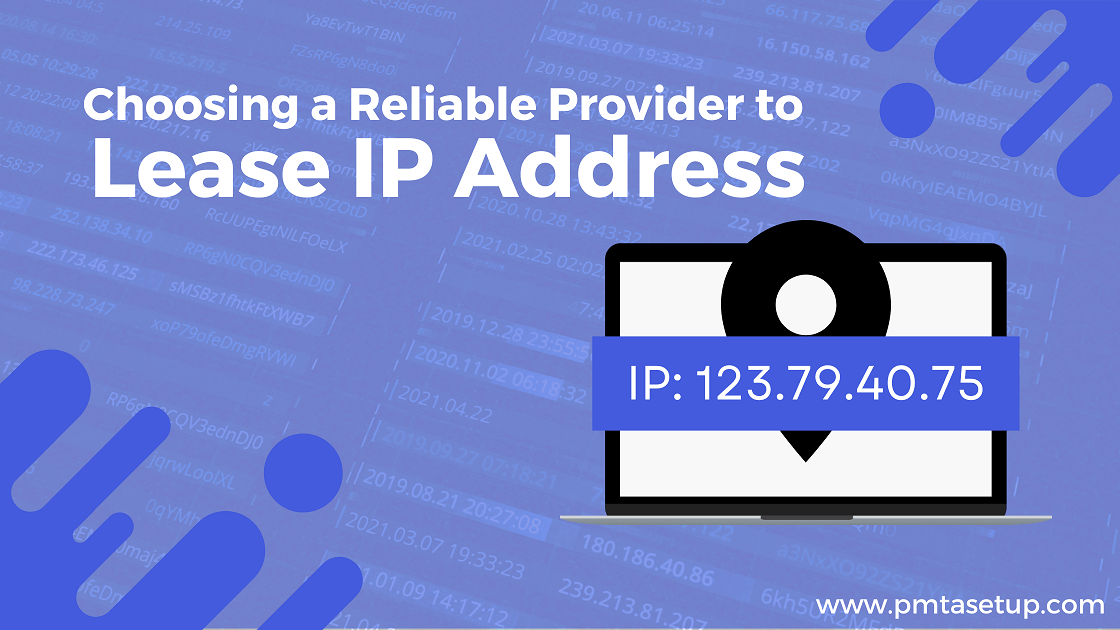Introduction:
In the interconnected world of networking, where every device seeks a unique identifier through an IP (Internet Protocol) address, the finite nature of IPv4 addresses has given rise to a marketplace for address leasing. IPv4 lease prices have become a crucial consideration for businesses and organisations seeking to expand their networks or optimise address utilisation. In this blog, we delve into the dynamics of ipv4 lease price, exploring the factors influencing costs, the market landscape, and the considerations organisations must weigh in their pursuit of connectivity.
The Finite Nature of IPv4 Addresses:
IPv4, the fourth version of the Internet Protocol, utilizes a 32-bit address space, providing a theoretical maximum of approximately 4.3 billion unique addresses. As the number of connected devices has surged globally, the finite pool of IPv4 addresses has led to increased demand and subsequent challenges in their availability.
While the transition to IPv6 has introduced a vastly expanded address space, IPv4 addresses continue to be in use, and organizations often turn to leasing arrangements to meet their address requirements. IPv4 lease prices have thus become a significant aspect of network planning and expansion.
Factors Influencing IPv4 Lease Prices:
- IPv4 Address Scarcity: The scarcity of available IPv4 addresses is a fundamental factor influencing lease prices. As the demand for addresses exceeds the available supply, the principles of supply and demand come into play, leading to higher prices for IPv4 leases.
- Market Dynamics: The market for IPv4 addresses operates on principles akin to any commodity market. Market dynamics, including the number of available IPv4 addresses, demand from organisations, and regional variations, influence the pricing structure.
- Regional Disparities: IPv4 lease prices can vary significantly based on geographic regions. Regions with higher demand and limited availability of IPv4 addresses may experience higher lease prices compared to regions with a surplus of addresses.
- RIR Policies: Regional Internet Registries (RIRs) play a role in IPv4 address allocations and policies. The policies set by RIRs can impact the availability and pricing of IPv4 addresses in specific regions.
- Marketplace Platforms: Online platforms and brokers that facilitate IPv4 address transactions also play a role in determining lease prices. The level of competition, transparency, and services offered by these platforms can influence the pricing structure.
Market Landscape:
The market for IPv4 addresses has evolved into a dynamic landscape with various entities participating in the buying, selling, and leasing of addresses. Key players in the market include:
- RIRs (Regional Internet Registries): RIRs are organizations responsible for the allocation and registration of IP addresses within specific geographic regions. While RIRs primarily allocate addresses to Internet Service Providers (ISPs), they may also facilitate transfers and leases under certain conditions.
- IPv4 Brokers: IPv4 brokers act as intermediaries, facilitating the buying, selling, and leasing of IPv4 addresses between organizations. These brokers play a role in connecting sellers with surplus addresses to buyers in need.
- Online Marketplace Platforms: Online platforms have emerged to streamline the IPv4 address transaction process. These platforms provide a marketplace where organizations can list their surplus addresses, and others can browse and lease them as needed.
Considerations for Organizations:
- Address Requirements: Organizations must assess their current and future address requirements based on their network expansion plans. Understanding the number of addresses needed and the desired lease duration is crucial in determining budgetary considerations.
- Budget Constraints: IPv4 lease prices can vary, and organizations must align their address acquisition plans with budget constraints. Developing a clear budget and exploring cost-effective options are vital considerations.
- Lease Duration: The duration for which IPv4 addresses are leased can impact pricing. Short-term leases may be more cost-effective for temporary projects, while long-term leases could provide stability for ongoing operations.
- RIR Policies and Compliance: Organizations must be aware of RIR policies governing IPv4 address allocations and transactions. Adhering to these policies ensures compliance and a smooth leasing process.
- Market Research: Researching the current market landscape, including pricing trends, regional disparities, and the reputations of brokers or online platforms, is essential for making informed decisions.
- Transition to IPv6: As part of future-proofing network infrastructure, organizations should consider transitioning to IPv6. While IPv4 leasing may be necessary in the short term, IPv6 adoption provides a long-term solution to address scalability challenges.
- Engaging with Experts: Engaging with experts, including network consultants or IPv4 brokers, can provide valuable insights and guidance. These professionals can assist organizations in navigating the complexities of the IPv4 leasing landscape.
Conclusion:
IPv4 lease prices have become a critical consideration for organizations seeking to address their network expansion needs in a world where the demand for IP addresses surpasses the available supply. Understanding the factors influencing IPv4 lease prices, exploring the market landscape, and considering organizational requirements are essential steps in making informed decisions.
As organizations navigate the intricacies of IPv4 leasing, they must weigh the costs against the benefits and consider the long-term implications for their network infrastructure. In the ever-evolving landscape of networking, where connectivity is paramount, the judicious management of IPv4 lease prices ensures that organizations can meet their address requirements while aligning with budgetary constraints and future scalability needs.


No comments yet